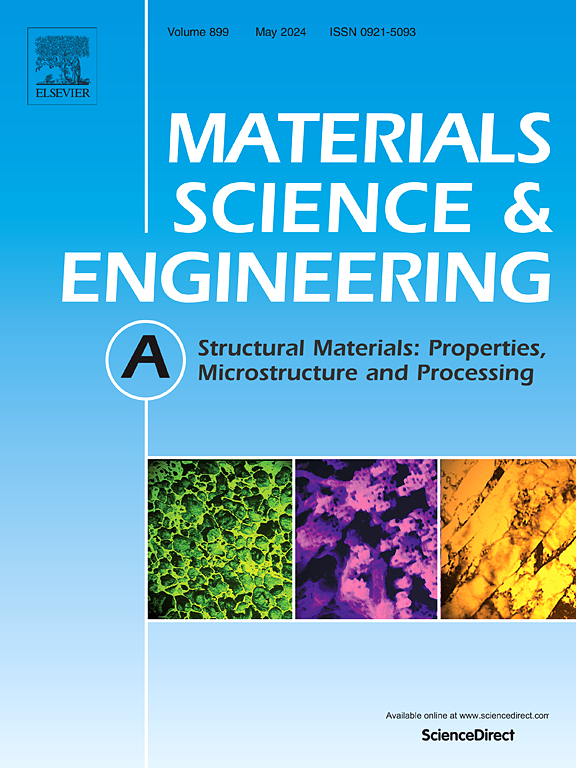From microtubes to cardiovascular stents: a complex characterization of microstructure and mechanical performance of Mg-10Dy-1Nd-1Zn-0.2Zr alloy
IF 6.1
2区 材料科学
Q1 MATERIALS SCIENCE, MULTIDISCIPLINARY
引用次数: 0
Abstract
The performance of cardiovascular stents prepared by laser cutting strongly depends on microstructure of microtubes from which they are made. The present paper provides a comprehensive view of the relationship between microstructure and mechanical properties from the semi-product to the final Mg-10Dy-1Nd-1Zn-0.2Zr (Resoloy®) stent. Firstly, a microtube with an outer diameter of 1.8 mm and a wall thickness of 0.15 mm was subjected to tensile and drift-expanding tests at room temperature (RT) to determine its deformation behavior under different loading conditions. Simultaneous monitoring of acoustic emission (AE) activity during tensile loading provided information on dynamic changes in the material caused by deformation mechanisms. The evolution of microstructure and texture was determined using scanning electron microscopy (SEM), including backscattered electron (BSE) and electron backscatter diffraction (EBSD) techniques. In addition, the strain state and the dislocation glide activity were characterized using the kernel average misorientation (KAM) and grain orientation spread (GOS) analyses. The combination of a homogeneous fine-grained microstructure (∼5 μm) and preferential orientation of the basal (0001) planes tilted approximately 45° from the extrusion direction (ED) was found to result in a very good formability represented by an elongation of about 40 % and an average expansion of (22 ± 3) %. Furthermore, dislocation-driven plastic deformation with a negligible contribution of twinning was confirmed by SEM and AE techniques. Moreover, considering the potential application of the investigated material, additional tests have been performed to determine the mechanical performance with respect to degradation environment. Particularly, the radial compression tests were carried out on samples crimped and expanded to different diameter (3, 3.5 and 4 mm) of stents before immersion (non-degraded state) as well as after degradation in phosphate-buffered saline (PBS) and Hank's balanced salt solution (HBSS) to reveal dependence between expansion diameter and degradation in corrosive environments at 37 °C. It was found that the corrosion rates do not depend significantly on the expansion diameter for both HBSS and PBS solutions. Despite faster stent degradation in PBS than in HBSS, it is more homogeneous in PBS as shown by SEM imaging. Comparing the radial force for pre- and post-degradation stents, it was revealed that the force decreases only slightly for 3.5 and 4.0 mm, what indicates that the stent can retain its mechanical performance even after degradation.
求助全文
约1分钟内获得全文
求助全文
来源期刊

Materials Science and Engineering: A
工程技术-材料科学:综合
CiteScore
11.50
自引率
15.60%
发文量
1811
审稿时长
31 days
期刊介绍:
Materials Science and Engineering A provides an international medium for the publication of theoretical and experimental studies related to the load-bearing capacity of materials as influenced by their basic properties, processing history, microstructure and operating environment. Appropriate submissions to Materials Science and Engineering A should include scientific and/or engineering factors which affect the microstructure - strength relationships of materials and report the changes to mechanical behavior.
 求助内容:
求助内容: 应助结果提醒方式:
应助结果提醒方式:


